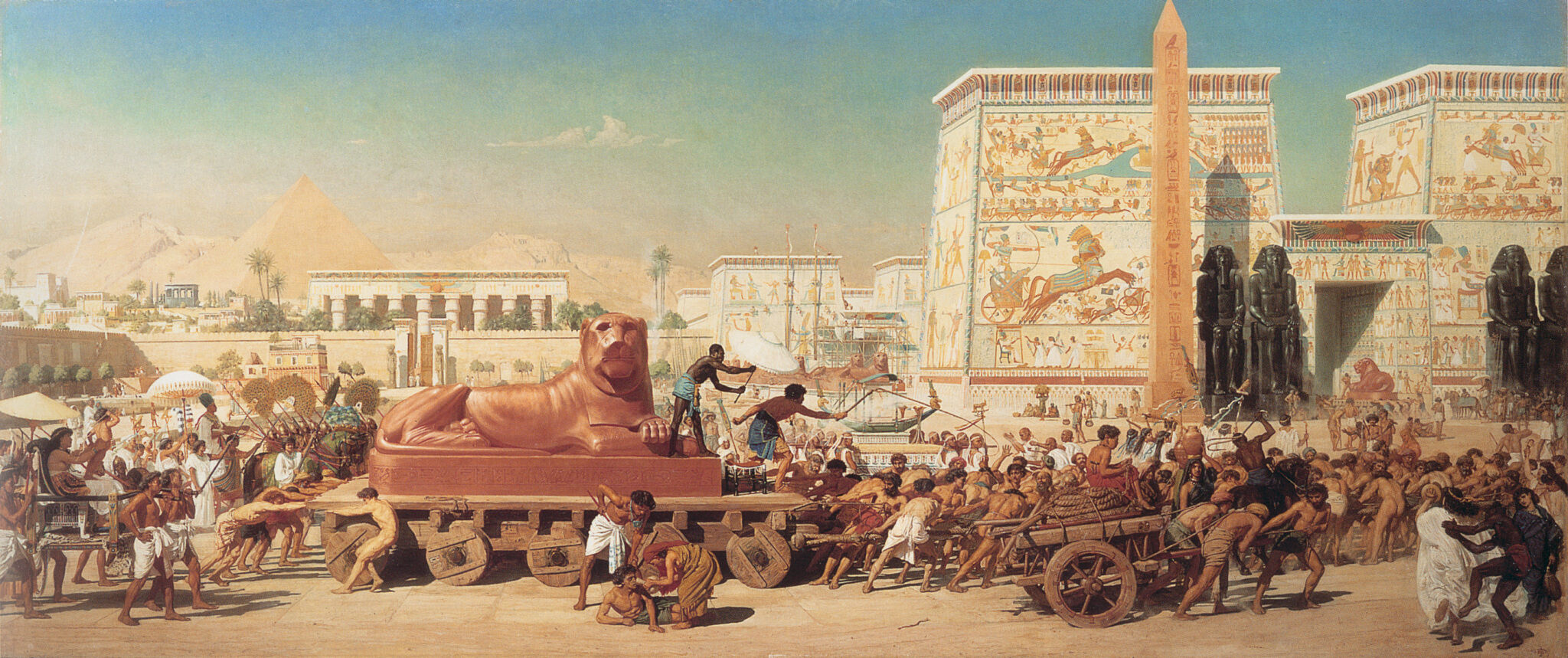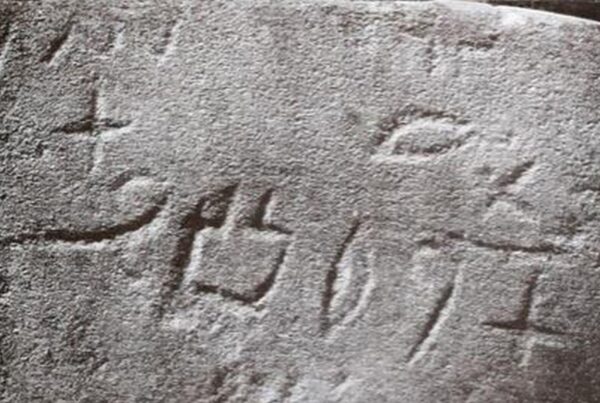The archaeological finding of the Brooklyn Papyrus is presented in the sources as significant evidence supporting the Biblical Exodus narrative, specifically regarding the presence of Semitic people identified as Hebrews/Israelites in Egypt prior to the traditional date of the Exodus.
Supporting the Biblical Exodus Narrative
The Brooklyn Papyrus, housed in the Brooklyn Museum (New York), is a document from Egypt that provides crucial details aligning with the pre-Exodus biblical account.
Key details and supportive connections found in the sources include:
- Date and Context: The papyrus is a list of old servants in Egypt dating from the 17th century BC. This time frame is associated with the biblical figure of Joseph.
- Presence of Hebrews/Israelites: The list contains 95 names, approximately 30 of which are Semitic. Semitic is the language family to which Hebrew belongs.
- Biblical Hebrew Names: Crucially, nine of the Semitic names are identified as biblical Hebrew names. This finding is deemed “extremely important” because it helps to establish that there were Hebrews or Israelites in Egypt before the Exodus, consistent with the Book of Exodus narrative.
- Specific Name Examples: Two specific biblical Hebrew names found on the papyrus are Shiffra and Issachar.
- The name Shiffra connects to the midwives mentioned in the book of Exodus.
- Issachar is the name of one of the sons of Jacob.
- Slavery and Name Changes: The list is presented as evidence of the Hebrews coming to Egypt and being enslaved. Furthermore, the papyrus shows that some individuals had their original names changed to Egyptian names. This mirrors the biblical account where Joseph’s name was changed to an Egyptian name.
The discovery of these names on the Brooklyn Papyrus is utilized as part of the overall evidence intended to counter claims that “there is no evidence for the Exodus” or that the data does not support the historicity of the Exodus.
Challenging the Narrative
The provided sources do not contain information suggesting the Brooklyn Papyrus challenges the Biblical Exodus narrative. Instead, the papyrus is introduced specifically to demonstrate that Semitic tribes (the visual depiction of Semitic tribes migrating to Egypt is presented alongside the papyrus discussion) came to Egypt from Canaan and that names associated with Hebrews were present there, functioning as evidence that the Hebrews were indeed present and enslaved, just as the Bible describes.




